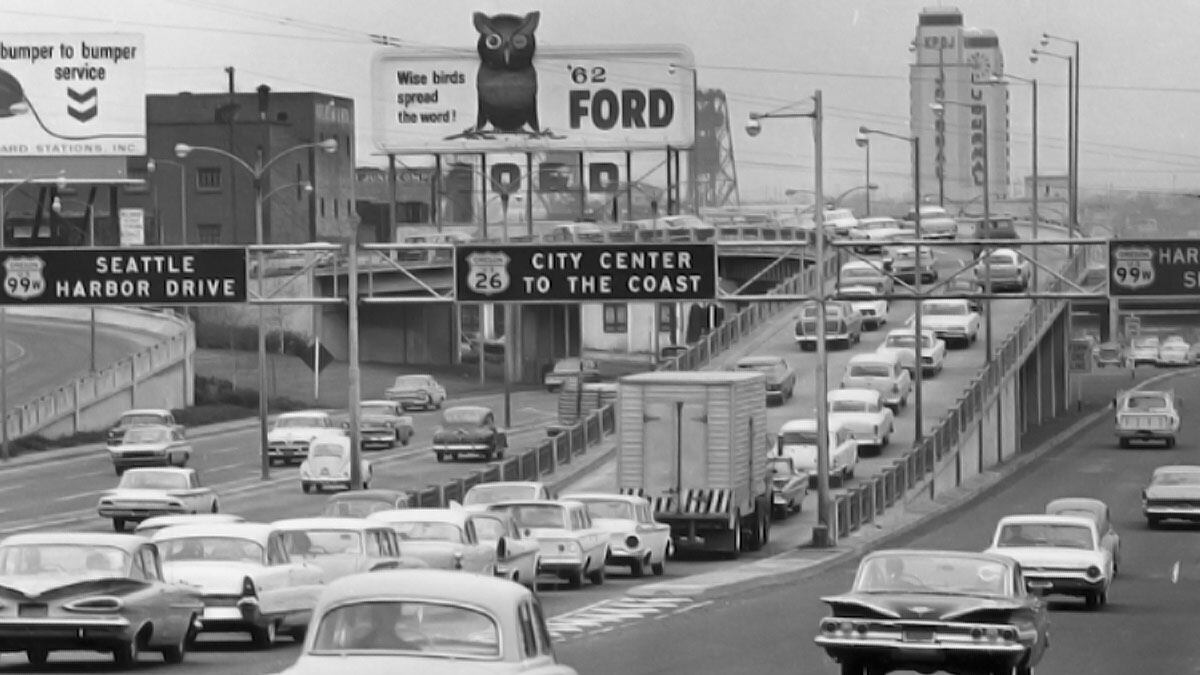Lawmakers are touting a proposed Salem transportation package that would spend $1 billion to widen I-5 near the Rose Quarter, Highway 217 south of Beaverton and I-205 near Oregon City as a way to address traffic congestion.
But there's no evidence for that—or the argument that the projects will reduce emissions—says Portland economist Joe Cortright.
"In fact, the opposite is true: Building more capacity encourages more driving, leads roads to fill to capacity, and produces higher levels of emissions," says Cortright.
"It's a cruel irony, on the eve of Earth Day, that the Legislature seems to be moving ahead with plans to widen roads and facilitate more driving, even as it has just received a report from the state's Greenhouse Gas Commission that we're falling well behind in our legislated goals to reduce greenhouse gas emissions by just 10 percent from 1990 levels by 2020."
Cortright argues that Portland's environmental credibility was built on the decision to tear out Harbor Highway. The photos of before (above) and after are on his website, as is a longer post about the faulty logic behind the transportation package.
"The evidence is always that when you "fix" one bottleneck, the road simply gets jammed up at the next one," Cortright notes, in the post. "As the Frontier Group has chronicled, the nation is replete with examples of billion dollar boondoggle highways that have been sold on overstated traffic projections, and which have done little or nothing to reduce congestion."

